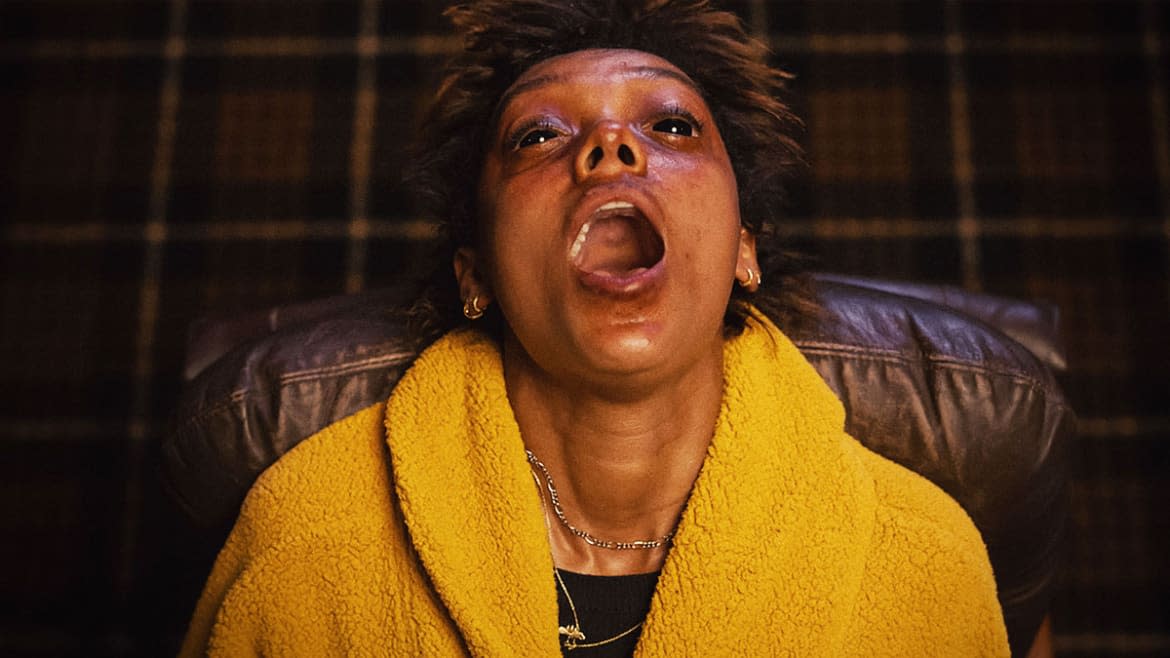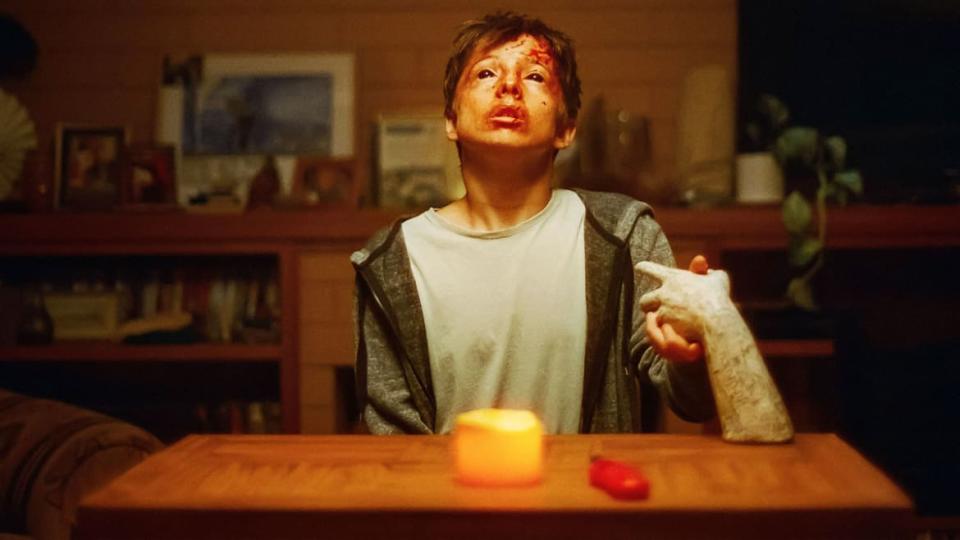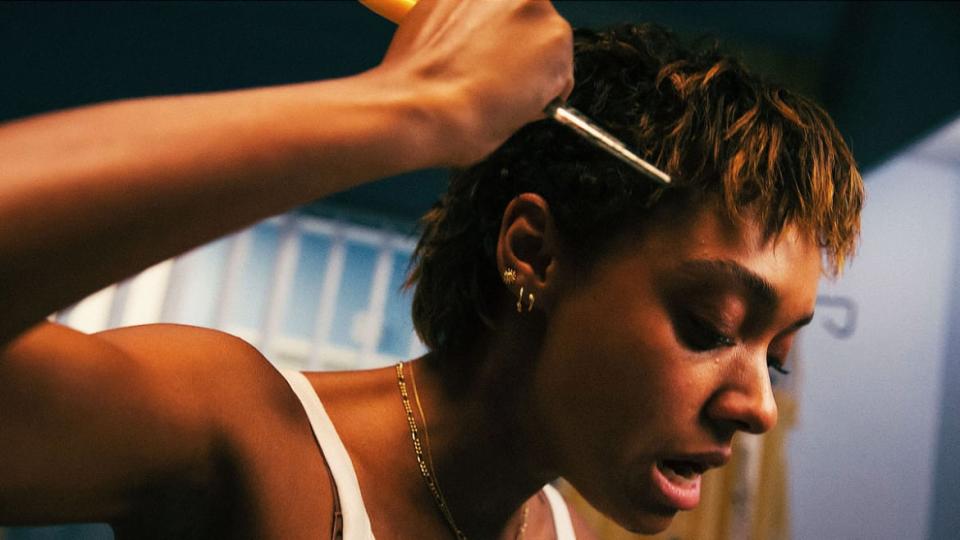‘Talk to Me’ Proves Why Grief Inspires the Best Horror Films

The demons and devils may change but the grief stays the same—a horror cinema fact borne out by Talk to Me (in theaters July 28), Australian twin brothers Danny and Michael Philippou’s superb import about a group of teenagers who find a unique way to commune with the dead. A clever thriller that puts a distinctive 21st-century spin on familiar material, it proves the vitality of both its scare-tactic tropes and its belief in loss and sorrow as catalysts for misguided decisions and unholy terror.
The film knows that you’ve seen this all before and yet nonetheless pitches its tune in a bracingly modern key. In doing so, it demonstrates that no emotion is more powerful, or potentially dangerous, than inconsolable heartache.
Anguish has often been the engine for horror, dating back to at least 1973’s Don’t Look Now, Nicolas Roeg’s disquieting saga about a couple (Donald Sutherland and Julie Christie) who are beset by bizarre phenomena in Venice after being told that their recently deceased young daughter is attempting to contact them from beyond the grave.
In Roeg’s classic, misery and longing make Sutherland and Christie’s protagonists susceptible to manipulation and torment; it’s an open wound through which evil can infiltrate and corrupt them. More than just external forces preying upon them for their own devious ends, the visions these characters suffer are manifestations of their psychological suffering. They come, in part, from within, and as such, Don’t Look Now helped establish a template that’s since been widely duplicated in different forms—one in which internal strife creates vulnerabilities to, if not outright begets, paranormal mayhem.

Don’t Look Now wasn’t the first big-screen affair to employ such notions, but it was arguably the most influential on the myriad horror films that followed in its wake. Like Roeg’s gem, Peter Medak’s The Changeling (1980) concerns a husband and father (George C. Scott) trying to cope with the loss of his child (and wife) in a Seattle mansion where things—including, most famously, a red ball—begin going bump in the night. So too does Mary Lambert’s 1989 adaptation of Stephen King’s seminal 1983 novel Pet Sematary, whose dad (Dale Midkiff) is motivated by the death of his toddler to mess around with unnatural entities that can’t be contained. Lars von Trier’s 2009 Antichrist is also about a couple trying—at a remote woodlands cabin—to pick up the pieces of a life shattered by the accidental demise of their young son, only to be plagued by biblical-style insanity.
Even when not specifically fixating on parental agony, horror has depicted grief as a gateway to hell. The top-hatted title specter of Jennifer Kent’s The Babadook (2014) is a literal metaphor for its main character’s woe. The dramatic thrust of Ari Aster’s Hereditary (2018) and Midsommar (2020) is despondency over dearly departed relatives. Even this year, Ted Geoghegan’s Brooklyn ’45 and Mark Jenkin’s Enys Men have cast melancholic yearning—either overtly or subtly—as a trauma that cracks open the door to the other side, as does Julius Avery’s The Pope’s Exorcist, in which Russell Crowe’s man of the cloth battles an underworld king who’s taken control of a boy still grappling with his father’s car-accident death, which he witnessed first-hand.
‘Talk to Me’ Is the Best Horror Surprise of 2023
In many of these efforts (and their likeminded brethren), bereaved individuals respond to tragedy by seeking out a supernatural means of communicating with—if not outright resurrecting—their loved ones. Ancient burial grounds, mediums and seances are all tools to be employed in service of reunion. In that regard too, Talk to Me is of a piece with its predecessors. Danny and Michael Philippou’s film concentrates on Mia (Sophie Wilde), an Australian teenager who’s estranged from her father and trying to process her mother’s fatal sleeping-pill overdose. She finds comfort, community, and thrills courtesy of a severed corpse hand that her classmates own, and which—when grasped during a ceremony involving a lit candle and the magic words, “Talk to me” and “I let you in”—allows the living to temporarily see, converse with, and become possessed by the dead.
That Mia will get more than she bargained for via this pastime is no surprise, but the Philippou brothers’ feature debut nonetheless mines her foolishness, and the anguish that instigated it, for solid frights. Central to Talk to Me’s success is its signature appendage, which is encased in plaster and covered in writing, and which perfectly encapsulates—visually, and functionally—the desire to reach out and grasp that which has been lost.
Just as important, however, is the directors’ use of said hand to put a new twist on traditional ritualistic-communion craziness. Employed as a late-night parlor trick fit for teens’ TikToks, the limb is an ideal vehicle for contemporary juvenile entertainment. Conjuring a believable atmosphere of high-school anxiety, peer pressure and pain, the film smartly posits the hand as irresistible precisely because of its viral-video appeal.

Talk to Me’s madness truly manifests itself when Riley (Joe Bird), the younger brother of Mia’s best friend and surrogate sister Jade (Alexandra Jensen), has a go with the hand, and appears to be taken over by the spirit of Mia’s deceased mother—thereby convincing Mia that she can bridge the chasm between here and there. As with so many of her horror ancestors, Mia is drawn by her grief to meddle with a hereafter about which she knows little, and which is full of specters hungry for life (a well-known idea also exploited by Insidious: The Red Door). The resultant bedlam is thus one of her own depression’s making, and it peaks with a late vision of Richie’s torture that’s unforgettably bleak and cruel.
There’s plenty that disturbs and repulses in Talk to Me, including a creepy foot-sucking encounter between a slumbering boy and a decrepit, smudge-faced ghoul. In those and other instances, the Philippou brothers’ maiden directorial venture carves out its own modern malevolent path. Yet by casting its present-day nastiness as an outgrowth of tried-and-true sorrow, it simultaneously aligns itself with the numerous hallowed nightmares that have come before it—making it a work that, like its story, expertly straddles the line between two conjoined worlds.
Keep obsessing! Sign up for the Daily Beast’s Obsessed newsletter and follow us on Facebook, Twitter, Instagram and TikTok.
Get the Daily Beast's biggest scoops and scandals delivered right to your inbox. Sign up now.
Stay informed and gain unlimited access to the Daily Beast's unmatched reporting. Subscribe now.

